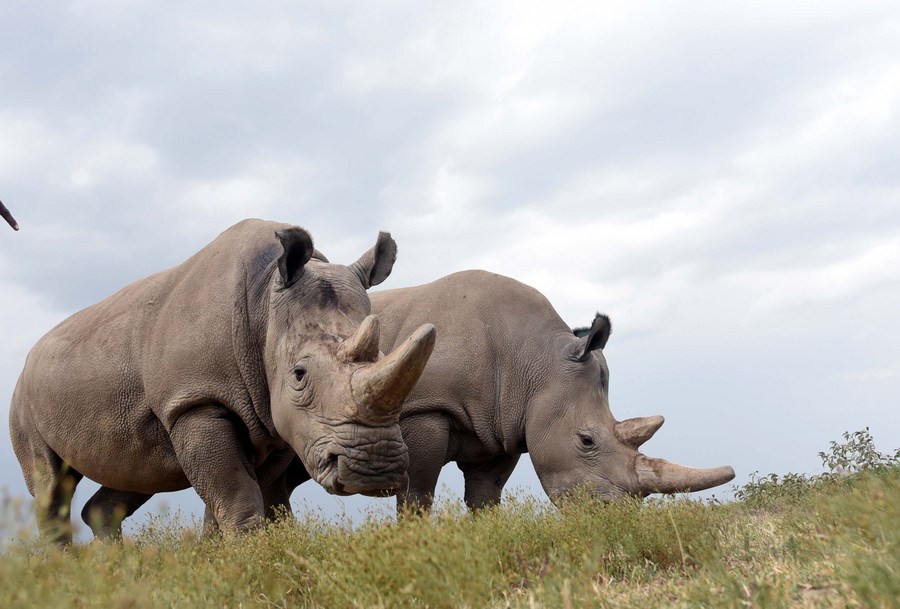
Kenya earmarks 3.7 million USD to boost rhino conservation

Kenya will set aside 400 million shillings (about 3.7 million U.S. dollars) annually to strengthen the protection of rhinos in the wild amid growing threats, an official said on Tuesday.
Najib Balala, cabinet secretary for Tourism and Wildlife, said the new funding to be sourced from the public coffers, industry and overseas donors will support the recruitment of rangers and acquisition of surveillance technology to enhance the protection of the iconic but endangered species.
“Kenya is committed to reducing mortality of rhinos and sustain gains that have been achieved to secure their future,” Balala said at a virtual observance of World Rhino Day held in Nairobi.
“We plan to mobilize 400 million shillings annually to recruit additional rangers to patrol rhino habitats and procure surveillance technology required to stamp out poaching,” he added.
Kenya ranks fourth globally among countries with the highest population of rhinos after South Africa, Namibia, and India.
Balala said that Kenya’s population of rhinos, estimated at 1,441 in 2019, is still grappling with threats to their survival that includes poaching, habitat loss, and climatic stresses.
“Poaching, though diminished, remains a threat to the survival of rhinos in the wild while habitat loss and frequent droughts have further endangered these iconic species,” said Balala.
He said the government will provide fiscal and regulatory incentives to ranchers and other large-scale landowners keen to engage in the conservation of rhinos.
“The government will also provide dedicated spaces to facilitate breeding of rhinos and provide incentives to landowners who are willing to provide sanctuary to the giant land mammals,” said Balala.
He said that Kenya lost only four rhinos to poachers in 2019 and has lost none this year thanks to the roll-out of robust interventions to eradicate the menace.
John Waweru, director-general of Kenya Wildlife Service, said that adequate funding is key to hasten the implementation of a national rhino recovery program






